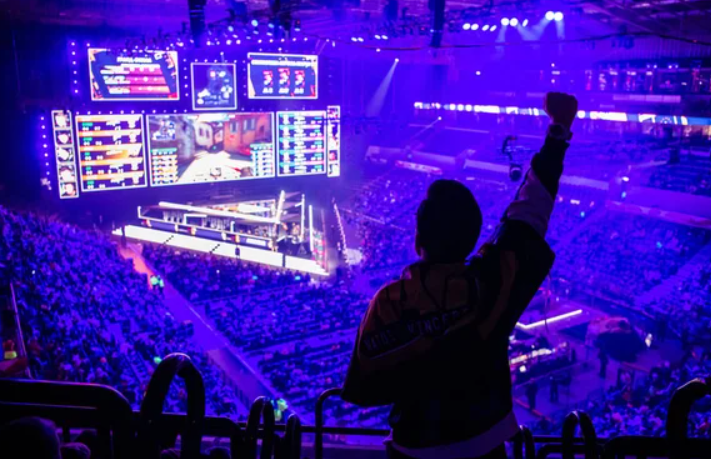Betting Golf Round-by-Round: Strategy for Multi-Day Tournaments
Every four-day golf tournament is a moving target. Weather, pin placement, leaderboard pressure — all shift daily. Unlike full-tournament outrights, round-by-round betting allows sharp bettors to adapt in real time. If you want to extract value, forget predicting the winner on Thursday. Focus on reading Thursday to exploit Friday.
This is not about gut feeling. It’s about building a repeatable, phased strategy — where each round opens new market windows that the public misses.
Phase 1 – Thursday: Calm, but Deceptive
The first round is where market confidence is highest — and often wrong. Big names are fresh, tee times are ideal, and pressure is minimal. But weather draw bias, course layout, and player mindset introduce early inefficiencies.
Tactics:
– Bet First Round Leader markets only with weather advantage (AM/PM wave differences)
– Fade favorites in 3-ball matchups if they play late with wind forecast rising
– Back aggressive scorers on courses with soft greens and short par 4s
Remember: Round 1 volatility is higher than people think. Scores bunch up, but early risers often slip by the weekend. Your goal isn’t to call the champ — it’s to exploit market inertia before the books adjust.

Phase 2 – Friday: The Edge Window
Round 2 is where value sharpens. Leaderboard starts to form. Nerves enter. Players on the cut line chase birdies. Weather usually flips.
This is your prime entry round.
Look for:
– Overreactions to hot Round 1 scores. A 65 from a journeyman doesn’t mean he’ll repeat. If he’s a career 71.5 average, fade him in R2 matchups.
– Cut Line Drama: Bet birdie-heavy players to go low when they’re just outside cut line. They’re in full attack mode.
– Live hole-by-hole props: Strong wedge players may dominate soft par 5s under pressure. Look for Round 2 Eagle props when pin is accessible.
This is also where the Course Mood Index begins to shift — a tool every bettor should track.
Course Mood Index (CMI) — Sample Reading Model
| Factor | Low CMI (Easy Scoring) | High CMI (Punishing) |
| Green firmness | Receptive | Dry and bouncing |
| Wind forecast | <10 mph | 15–25 mph |
| Pin positions | Front/middle | Tucked near bunkers or water |
| Tee box adjustment | Shortened | Back tees extended |
| Scoring trend (Top 20 avg) | -3 to -6 | E vs par or worse |
Track CMI by hour. If Thursday was CMI 2 (calm), and Friday flips to CMI 7 (windy, tucked pins), fade Round 1 leaders in all Round 2 matchup bets.
Phase 3 – Saturday: Separation Day
Round 3 is where contenders and pretenders split. The media starts shaping narratives. Bettors chase names. But sharp players watch pressure response.
Target:
– Mid-tier players 5–7 shots back who are quietly consistent — great for Top 10 finish bets pre-R3
– Fade players with minimal Round 3 success historically — some collapse with crowd attention
– Matchups between leaders are usually overpriced — find value in lower-tier 2-ball groupings where motivation stays high
Bonus angle: Round 3 Live Leader Markets often offer mid-day re-entry if a player on course posts -4 early and books hesitate to shorten.
Phase 4 – Sunday: Nerves and Narratives
Final rounds in golf are where psychology trumps form. Leaders with no PGA Tour wins may crumble. Veterans rise. Weather shifts late.
Late-round betting thrives on:
– Hole-by-hole betting on reachable par 5s or island greens (e.g. TPC Sawgrass 17th)
– Betting against leaders in closing 3-ball markets if they show nerves on tee box
– “Field vs Leader” plays when gap is <3 strokes entering back nine
If the course CMI drops from Saturday to Sunday (e.g., wind dies, pins move front), expect tighter finishes — and overs on “Winning Margin” prop.
Market Types to Avoid (Unless You’re Tracking Live)
– Full tournament head-to-heads: Too much variance, too slow to adjust
– Nationality bets (Top American/Top Aussie): Often become dead markets after one round
– Birdie streak props: Rarely hit unless pin position + wind perfectly align
Summary Tactic: Treat Each Round Like a New Market
The same golfer is not the same player on Sunday as he was on Thursday. His confidence, tempo, and course fit evolve. Round-by-round betting lets you isolate form from fiction. You don’t need to predict the future — you need to read the present faster than the books.
Don’t chase leaders. Don’t marry pre-tournament hype. Watch the CMI. Watch tee times. Watch behavior under pressure.
And remember: the best scorecard is the one you build with bets that respond, not guess.



